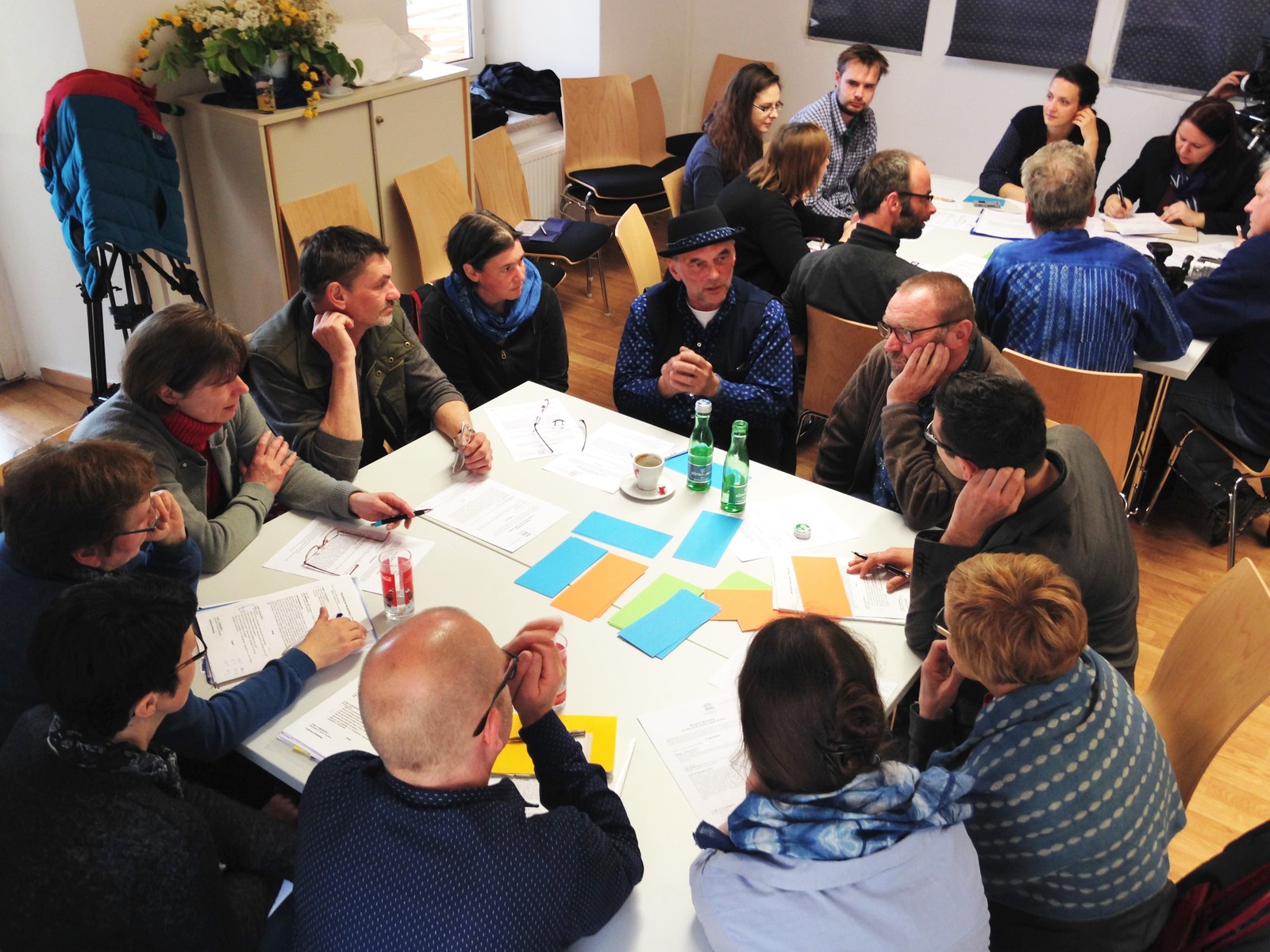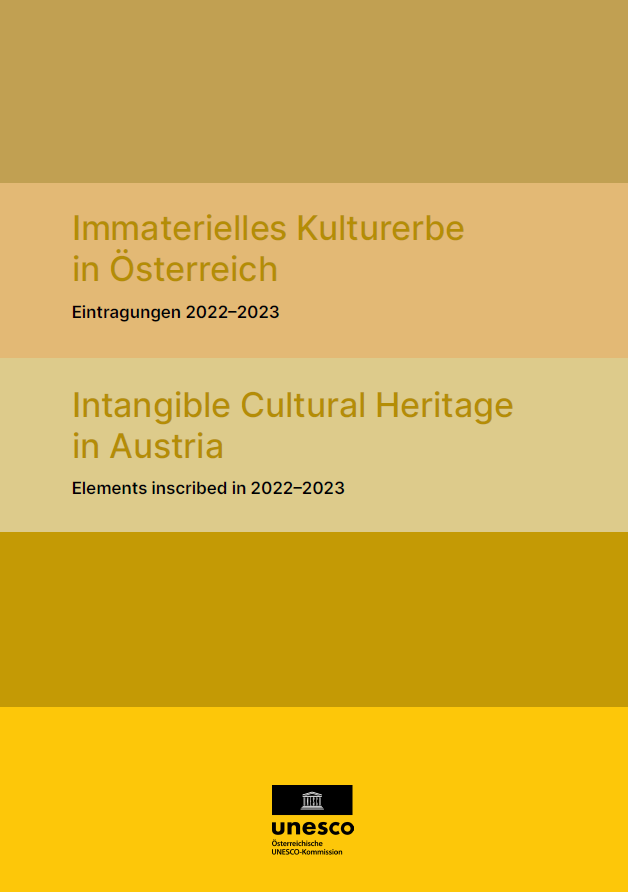Creatring a National Inventories is one of the most important measures to present and document living cultural heritage worldwide. Nearly 200 lists show that intangible cultural heritage can be found in everyday life, as well as in spectacular peculiarities. Article 11 of the Convention states that the various elements of the intangible cultural heritage present in its territory are to be identified and defined with the participation of local communities and relevant NGOs. Therefore, bearers and practitioners are encouraged to participate in the process of creating National Inventories by submitting requests for inscription.

How to apply?
A completed application form and declaration of consent from all persons involved (where possible) is to be submitted, along with two expert cover letters, to the Austrian Commission for UNESCO digitally and with a signed original printout. For the cover letters, it is important that these are written by experts with subject-specific knowledge about the element and that these letters relate to the criteria for inscription.
The criteria for inscription are:
- The component of intangible cultural heritage includes practices, representations, expressions, knowledge, skills that communities, groups and, in some cases, individuals recognize as part of their cultural heritage and have transmitted from generation to generation.
- It is manifested in the following domains:
- oral traditions and expressions, including language as a vehicle of the intangible cultural heritage;
- performing arts;
- social practices, rituals and festive events;
- knowledge and practices concerning nature and the universe;
- traditional craftsmanship.
- It is recreated by communities and groups in response to their environment, their interaction with nature and their history.
- The element provides communities with a sense of identity and continuity, thus promoting respect for cultural diversity and human creativity.
- It is compatible with existing international human rights instruments, as well as with the requirements of mutual respect among communities, groups and individuals, the 12 ethical principles and the basic positions and intangible cultural heritage and of sustainable development.
- The widest possible participation of communities, groups and, where appropriate, individuals that create, maintain and transmit such heritage must be guaranteed and verifiable.
(Cf. Art. 2 para. 1-2 and Art. 15 of the UNESCO Convention on the Safeguarding of the Intangible Cultural Heritage)
The criteria may be amended or supplemented at the discretion of the Advisory Panel on Intangible Cultural Heritage.
Important!
- The component must be currently practiced. Historically or extinct traditions are not taken into account on the list. Historically-based, short-term interruptions are not a grounds for exclusion, so long as the tradition can still be passed on directly.
- The expression of the tradition must be in line with the applicable legal provisions in Austria.
- No legal claims or claims for financial support can be derived from inscription on the list.
- Upon acceptance, the application documents will be made accessible to the public.
Who selects?
An Advisory Panel, consisting of representatives from two federal ministeries, one representative of the nine federal culture departments and twelve experts from the fields of social, cultural and natural sciences examines the requests for inscription of new elements on the Austrian list. The applicants are then informed by the Austrian Commission for UNESCO in writing.



![[Translate to EN:] © J. Ségur/ZED, with the permission of UNESCO](/fileadmin/_processed_/d/b/csm_Convention-2003-IKE_0832a6a47d.jpg)
![[Translate to EN:] © ÖUK](/fileadmin/_processed_/3/9/csm_P1011318_7eac86402f.jpg)

![[Translate to EN:] © Weitblickfilm](/fileadmin/_processed_/9/8/csm_Workshop_17_2dee1e1fd8.jpg)